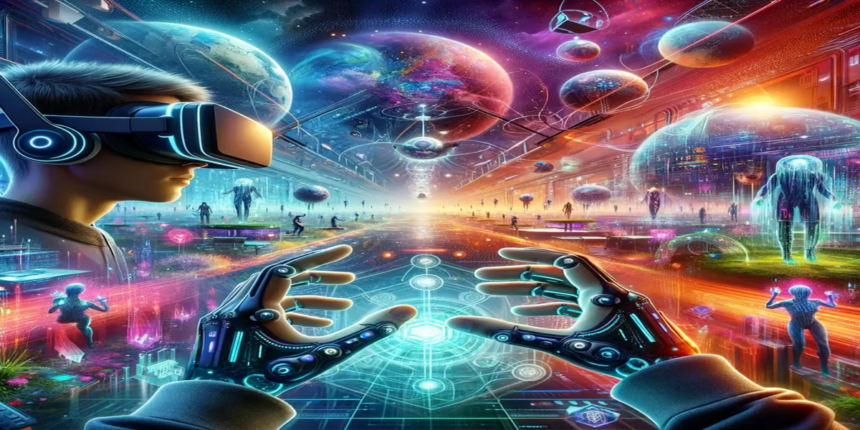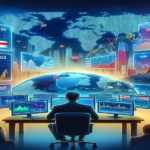In the rapidly evolving global tech landscape, the emergence of the metaverse, powered by advancements in augmented reality (AR) and virtual reality (VR), has captured the imagination of both developers and users alike. Adam Bém, cofounder of Victoria VR and a seasoned blockchain expert, sheds light on the current state of VR technology and its integration with the metaverse—a concept that seeks to replicate real-life experiences in a digital space with unprecedented immersion levels.
The Metaverse Market Projection
The metaverse, often envisioned as a 3D version of the Internet, aims to elevate digital interaction by leveraging VR to create a realm that mirrors real life in a virtual setting. The global metaverse market is expected to reach a valuation of $1.6 trillion by 2030, growing at a compound annual growth rate (CAGR) of 50.74% from 2022 to 2030. This growth trajectory highlights the significant potential of the metaverse as a cornerstone of future digital experiences.
Current Challenges in VR and Metaverse Integration
Despite the promising outlook, the VR industry faces several challenges that hinder its full integration with the metaverse concept. Many VR applications today lack essential elements such as a blockchain framework, an effective economic model, meaningful incentives, and high-quality gameplay mechanics. These shortcomings have resulted in VR content with limited appeal, small user bases, and issues related to poor graphics, upgradability, and scalability.
The Need for a VR Industry Overhaul
To realize the revolutionary potential of VR, the industry must address its current limitations. Projects that combine groundbreaking games and movies with innovative game mechanics and blockchain technologies are paving the way for a new generation of VR experiences. These initiatives aim to create virtual worlds on par with top-tier gaming titles, incorporating NFTs, native cryptocurrencies, and decentralized asset markets to enhance user engagement and ownership.
Solutions and Future Directions
Emerging VR projects are tackling existing limitations by creating expansive, user-generated environments. These efforts aim to decentralize every aspect of the metaverse, allowing for a fully immersive and interactive experience. By integrating blockchain technology and algorithmic data systems, these projects enable the creation of dynamic in-game events and assets, promoting a decentralized and user-owned ecosystem.
The Decentralized Future of the Metaverse
As interest in decentralized technologies grows worldwide, the metaverse is poised for significant expansion. Its application across various sectors, including education, healthcare, manufacturing, and retail, could contribute up to $3 trillion to the global GDP over the next decade. The integration of VR with other technologies, such as smartphones, is expected to unlock new economic potential in Europe and Asia, contributing significantly to their economies by 2033.
Conclusion
The journey towards a fully integrated VR and metaverse ecosystem is fraught with challenges but also brimming with opportunities. As the industry continues to innovate and address current limitations, the vision of a decentralized, immersive digital world becomes increasingly attainable. The efforts of experts like Adam Bém and projects like Victoria VR are crucial in steering this evolution, promising a future where the boundaries between the digital and real worlds blur, offering unparalleled experiences to users around the globe.
















